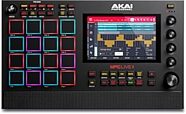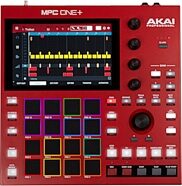ARP 2600 FS Semi-Modular Analog Synthesizer
No longer available at zZounds
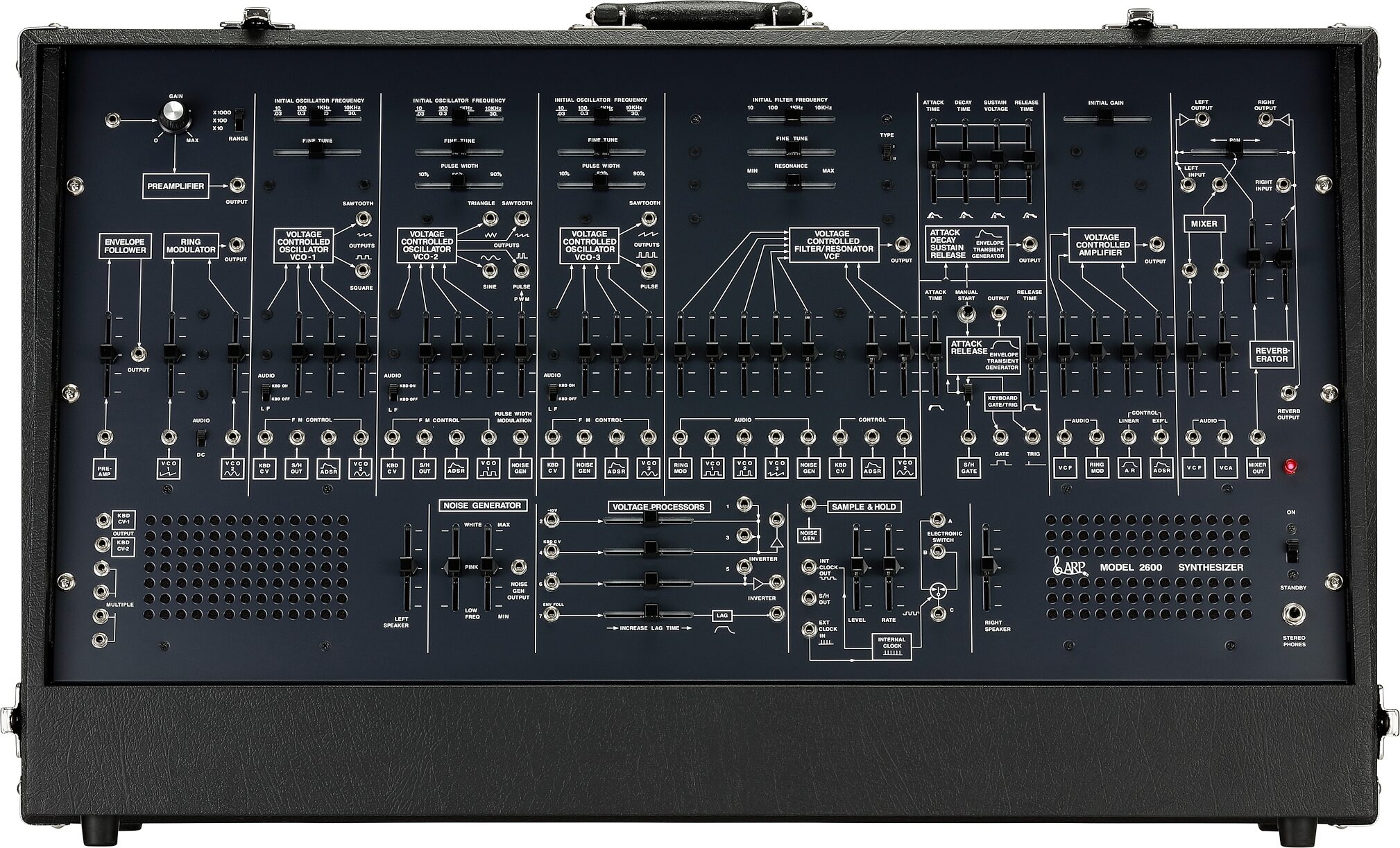
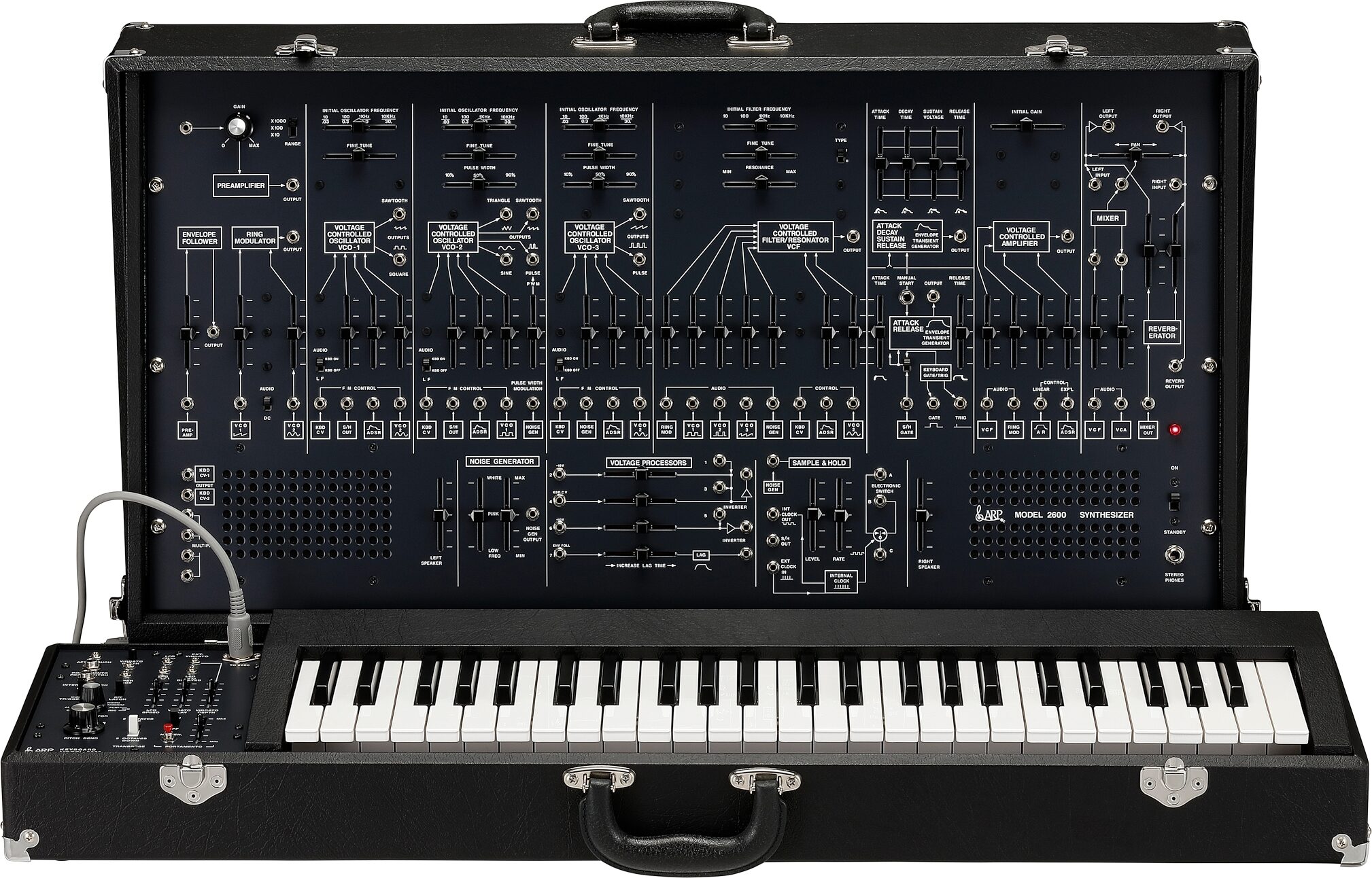
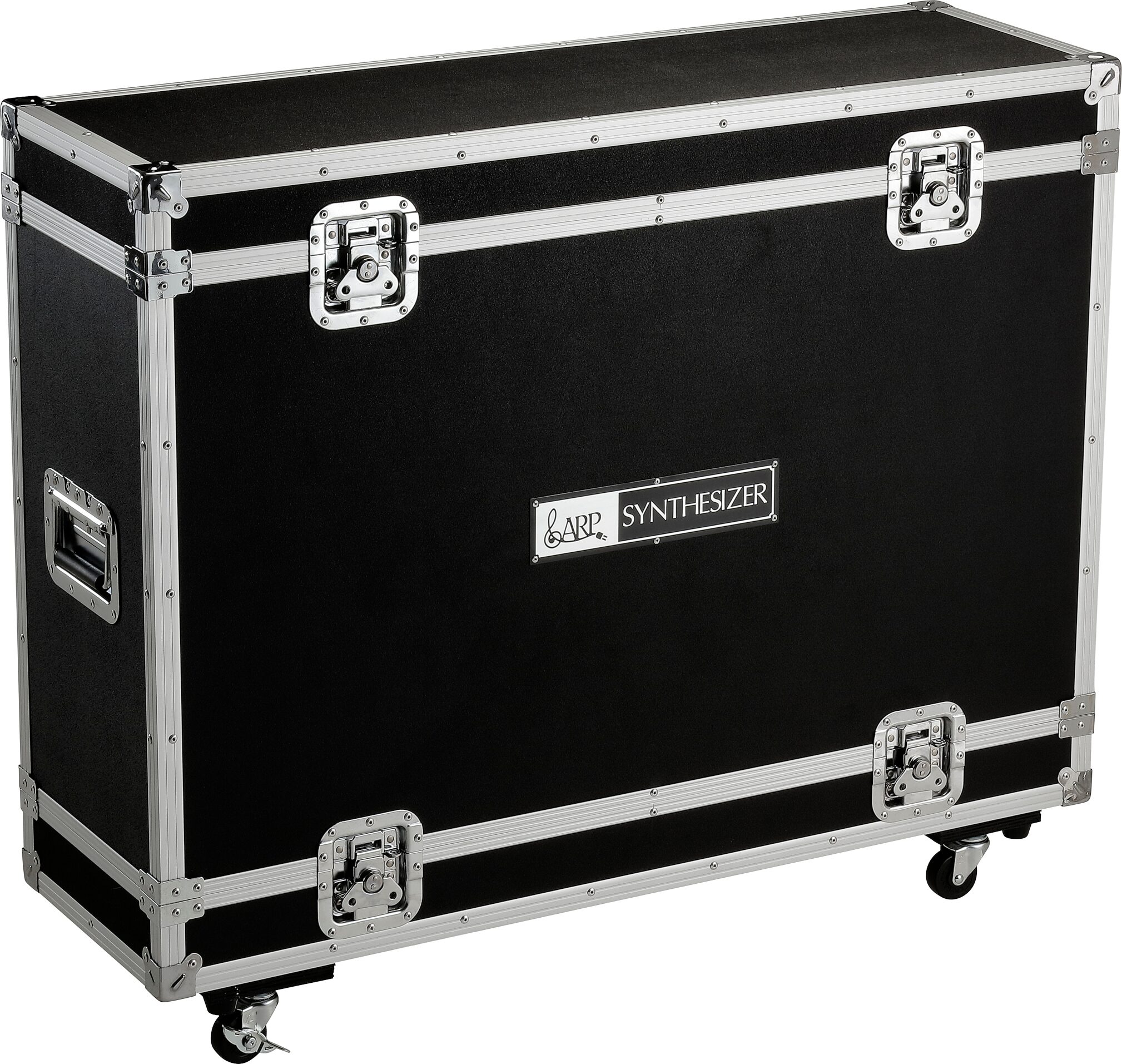

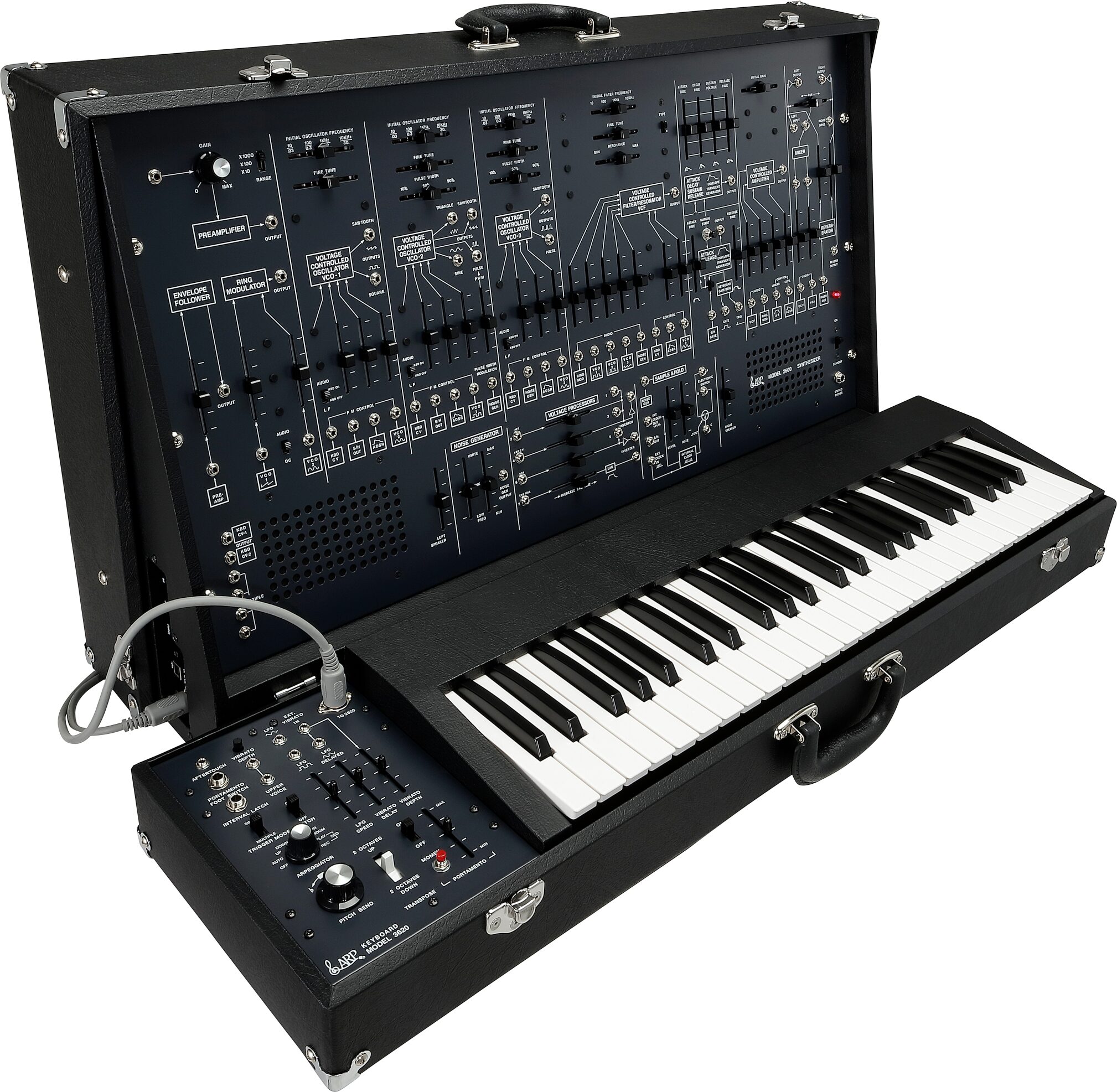
Own the reissue of a coveted classic '70s synth unit with the collectible, limited-run ARP 2600 FS Semi-Modular analog synthesizer. Includes MIDI over USB!
Overview
Once, and for All
The ARP 2600 is brought back to life in a single, one-time-only production run. Now is your opportunity to own one of the most sought after and coveted instruments from the vintage synthesizer era. This limited-edition release includes USB and DIN-style MIDI connections, XLR audio outputs, plus the improved ARP 3620 Duophonic Keyboard with an added arpeggiator / sequencer. Your new ARP 2600 will arrive in a custom-branded hard shell case, complete with casters.The Total Package
More than a synthesizer, the ARP 2600 is a complete sound design studio. Even today, the ARP 2600 stands as a bridge between the individual elements of modular synthesis and the immediacy of a production / performance instrument. Included are an ample supply of oscillators, envelopes, a filter and amplifier - all of the building blocks of analog synthesis. But the ARP 2600 goes even further, with a spring reverb tank and even a pair of monitor speakers. Also present is much of the versatility of a vintage modular system, including a ring modulation, lag and voltage processors, an envelope follower, audio preamp, a clock-able switch, noise source, a sample & hold module, signal inverters, an auxiliary mixer, and even a set of parallel-wired/multi jacks.Normalled Pathways
Nearly every slider and switch on the ARP 2600 front panels is hard wired to specific control source. For example, the front panel controls allow the pitch of Oscillator 1 to be controlled by the… read more keyboard (On/Off switch), the output of the Sample & Hold module (slider), the shape of the ADSR envelope generator (slider), and/or by the sine wave output of Oscillator 2 (slider), and each in varying amounts. These hardwired pathways provide massive amounts of immediate control that make excellent use of all the ARP 2600 has to offer, allowing the ARP 2600 to be played as is - no patching needed. In true modular fashion, inserting a patch cord into the jack associated with any hardwired control overrides that internal connection, letting you create a new signal path of your choosing. As a programming aid, the detailed panel graphics clearly show the available signal routings.Patch Bay Precision
Unlike earlier modular synthesizers that relied on bulky 6.3mm (1/4") jacks and patch cords, the ARP 2600 uses a more streamlined 3.5mm (1/8") jack that allows for more patch points to occupy the same amount of panel space, delivering more options and more versatility. Most of the patch points are arranged in a single row below the controls of the individual sound modules. This arrangement keeps the main panel clear and unobstructed for tweaking the controls during performance. Needless to say, these patchable connections and the onboard processors can be used to interact with nearly any modular or Eurorack synthesizer system.Plug and Play
The ARP 2600 is equipped with two low-impedance XLR outputs (Left and Right) for direct connection to a recording console or sound system - no direct boxes or line-matching transformers are required. A headphone output is also provided. MIDI is transmitted and received via old-school din-style IN, OUT, and THRU jacks, and also via USB. Three foot switch jacks (footswitches sold separately) on the 3620 Keyboard provide hands-free performance control over Portamento (On/Off or Momentary) and the Interval Latch. The front panel offers a Preamp input for processing another audio source.Ground Zero of the Synthesizer Age
It would be impossible to overemphasize the importance of the original ARP 2600 analog synthesizer. The ARP 2600 made its original debut in the fall of 1970, appearing at the Audio Engineering Society convention alongside two other now-classic synthesizers. One of these newcomers exemplified the leap from modular experimentation to performance playability; the other took a novel push-pin approach toward retaining the presence of a compact and flexible electronic studio. But the ARP 2600 stood alone, retaining all of the versatility of a massive modular system in a modern, portable, and eminently playable synthesizer. Over the next decade, sales of the 2600 continued to amass as ARP became the largest synthesizer company in America - and possibly the world.The ARP 2600 drew support from all manner of sources. Alan R. Pearlman and Dennis Colin's unified design made it the ideal choice for academic use, and indeed, for many an early wave of synth enthusiasts, the ARP 2600 was the instrument they learned on. Professional musicians of all genres gravitated to the ARP 2600 for its incredible sounds and the satisfying hands-on panel scheme. Sound artist Ben Burtt used the ARP 2600 to voice the adorable droid R2-D2. Dave Smith and John Bowen worked to create the Sequential Model 700 as a way to add some programmability to the ARP 2600. Even Tom Oberheim was so impressed that he became one of the first ARP sales reps. Over the ensuing decades, the ARP 2600 has remained one of the most sought after and coveted instruments from the vintage synthesizer era, and has attained the most revered status among players, producers and sound designers.
Modular synthesizers of the day closely resembled today's Eurorack systems, consisting of a powered cabinet housing a selection of synthesizer modules, which were in turn connected using patch cords. While other manufacturers were busy shedding some of the esoteric versatility of the modular synthesizer to create a simpler instrument for the novice performer, the ARP 2600 offered all of the elements needed to create a self-sufficient sound design studio.
Features:
- 3620 Keyboard: The 3620 Keyboard contains 49 full-size keys, aftertouch, portamento, and is also duophonic, allowing two keys to be played at once - Single or Multiple Triggering is available- Processing Powerhouse: Three independent Voltage Processors provide scalable control voltages, or can act to attenuate any control signal. Use the Lag Generator to delay the start of any control signal
- The Oscillators: All three oscillators feature Initial Tuning and Fine Tuning sliders, and every oscillator can be designated as an LFO (Low Frequency Oscillator) modulating oscillator or as an audio oscillator
- The Filter: The ARP 2600 is equipped with a 4-pole Voltage Controlled Filter (VCF), offering a roll-off curve of -24dB per Octave
- The Envelopes: Two Envelope Transient Generators (EG) are available on the ARP 2600. The first is a full four-stage Attack, Decay, Sustain, and Release Envelope
- The Amplifier: The Amplifier features both Linear and Exponential control inputs, and the Initial Gain setting provides continuous output at its highest setting
- Over and Out: Following the VCA, the audio signal of the ARP 2600 passes through the Stereo Mixer section, the internal Spring Reverb tank, and on to the main outputs, the headphone jack, and the internal Left and Right speakers. read less
Documents and Manuals
For support or warranty questions, please contact the manufacturer:
Web: https://www.korg.com/us/support/
Web: https://www.korg.com/us/support/
No longer available at zZounds
In most cases, a product is unavailable because it has been discontinued by the manufacturer
This is a carousel with product cards. Use the previous and next buttons to navigate.






